
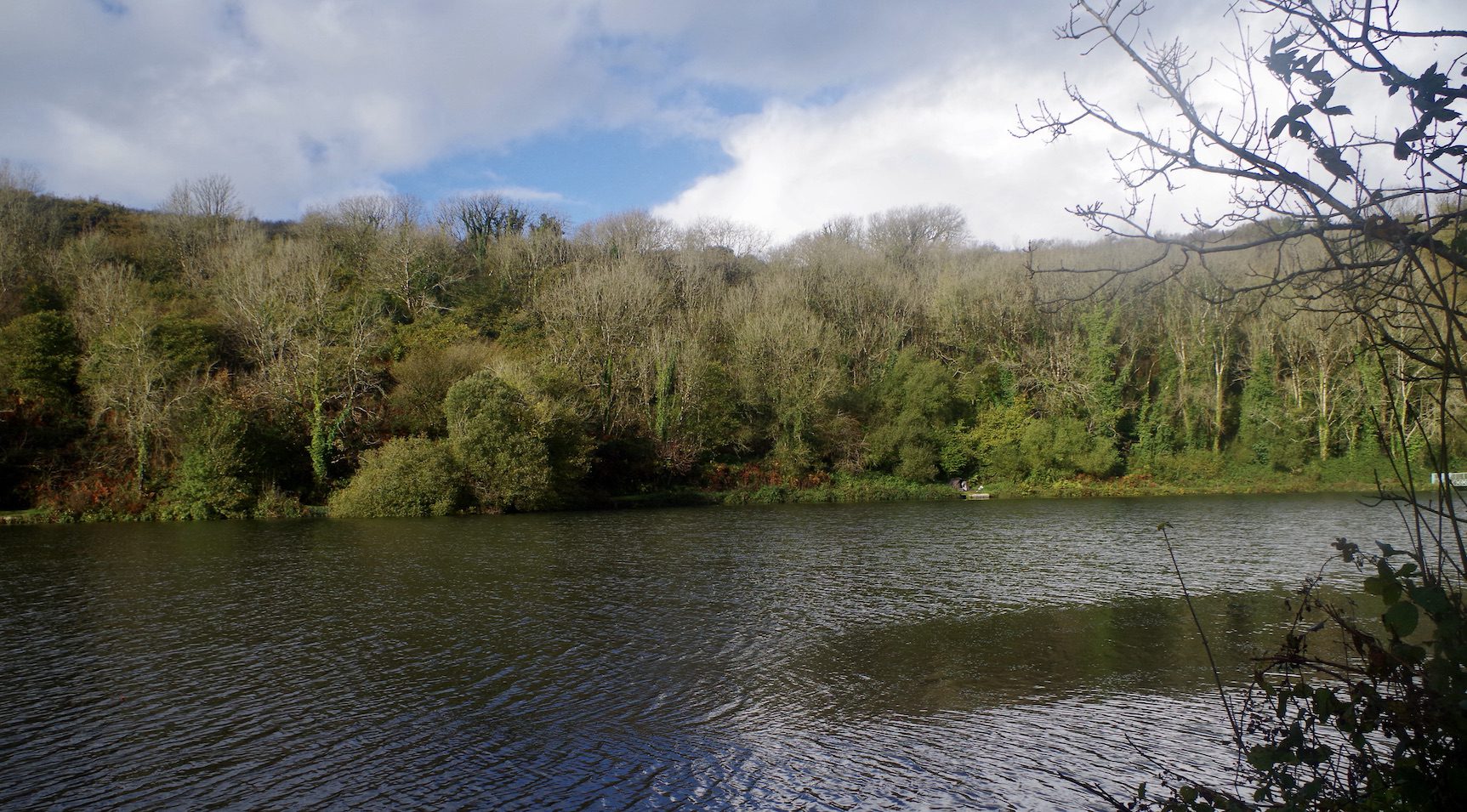
There is something reassuring about home waters and the continuity of revisiting each year through the seasons. I have been fishing at Upper and Lower Slade reservoir for close to forty years and remember when they were both trout fisheries stocked with rainbow trout. It also had a population of wild brown trout that grew to over 6lb.
Sometime in the 1980’s the lakes were stocked with coarse fish and a new era began. Some of the lakes carp from this time still reside within the lake and this season saw the thirty pound barrier breached for the first time. The lakes also held tench, bream, roach and perch. The Upper Lake was closed to angling on health and safety grounds when maintenance of the perimeter path was deemed impractical.
In 1994 the Lower lake was stocked with twenty one pike from what is now the country’s top pike water Chew Valley Lake. Several of these pike were in excess of twenty pounds and they provided fine sport for several seasons. These fish eventually perished due to old age and angling pressure. Fortunately, some of the fish bred successfully and the lake now holds a good head of pike and has produced its own fish to over twenty pounds.
I have fished for the pike since 1994 when I caught the majority of the original stocking with my best from the water a fine fish of 21lb 3oz. Pike fishing is very cyclical and seasons tend to fluctuate with some years producing lots of jacks and a sprinkling of doubles. At the peak of the cycle waters can if the environment is suitable produce those specimen pike of over twenty pounds that dedicated pike fishers seek.
The dilemma with all good pike waters is that pike thrive when fishing pressure is low meaning that if good pike are being caught it is best to keep it under wraps. South West Lakes Trust manage several waters containing pike with Lower Slade being the only on in North Devon. There are also other lakes within their portfolio including Trenchford, Porth and Argal.
I visited Lower Slade on this early November day as heavy showers drifted past driven by a strong south westerly wind. These showers were interspersed with periods of bright sunshine. I started on the road bank with the intention of moving swims every couple of hours fishing two rods with float-fished dead-baits. In addition to the float’s I also used electronic bite alarms to alert me to a take if my eyes wondered from the crimson topped floats.
Pike floats bobbing optimistically on dark waters are one of winters joys and I tend to opt for floats even though straight legering is equally effective.
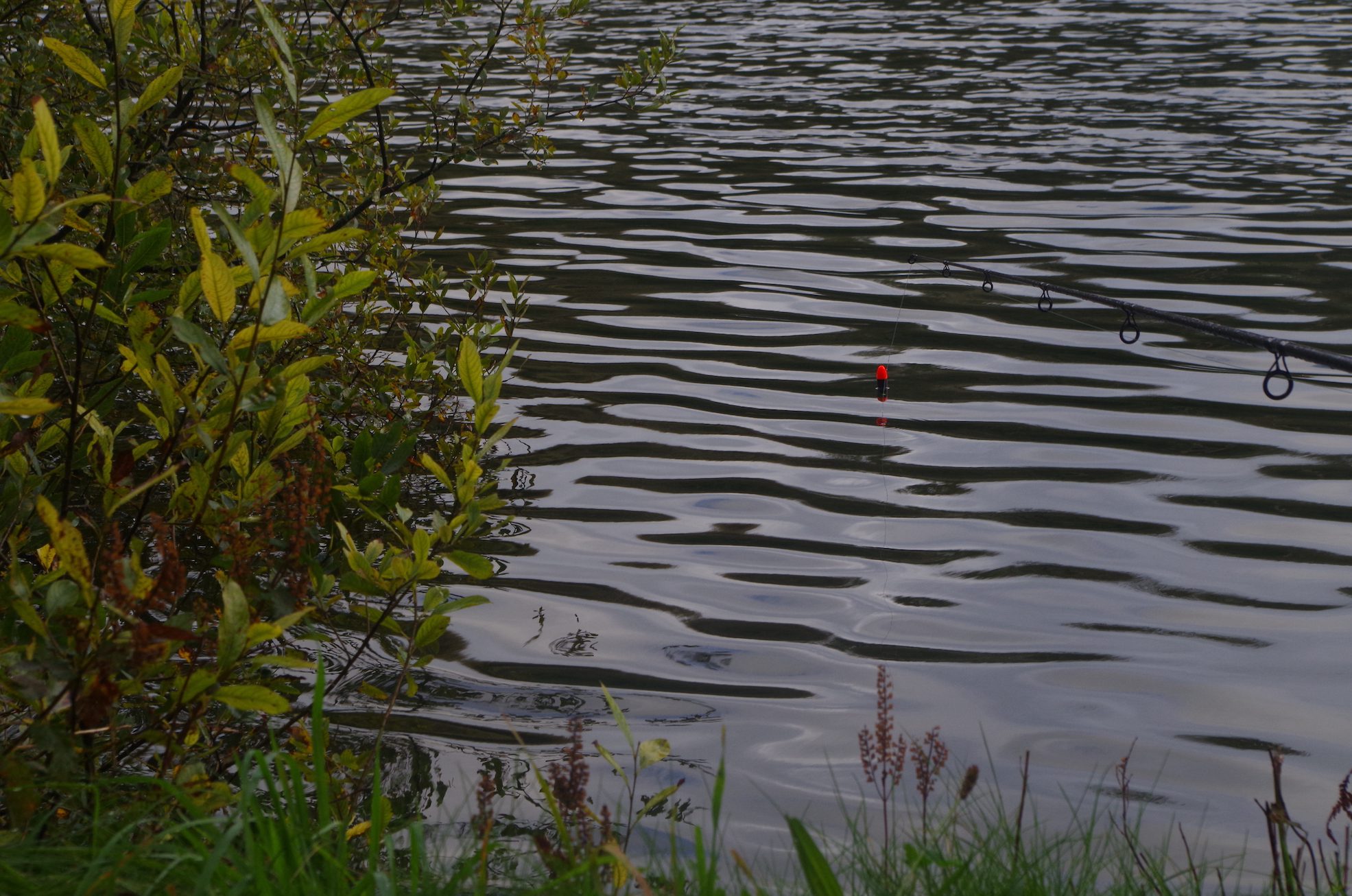
After a short time, a robin alighted upon the rods a welcome presence that brightens many a bleak winter day.
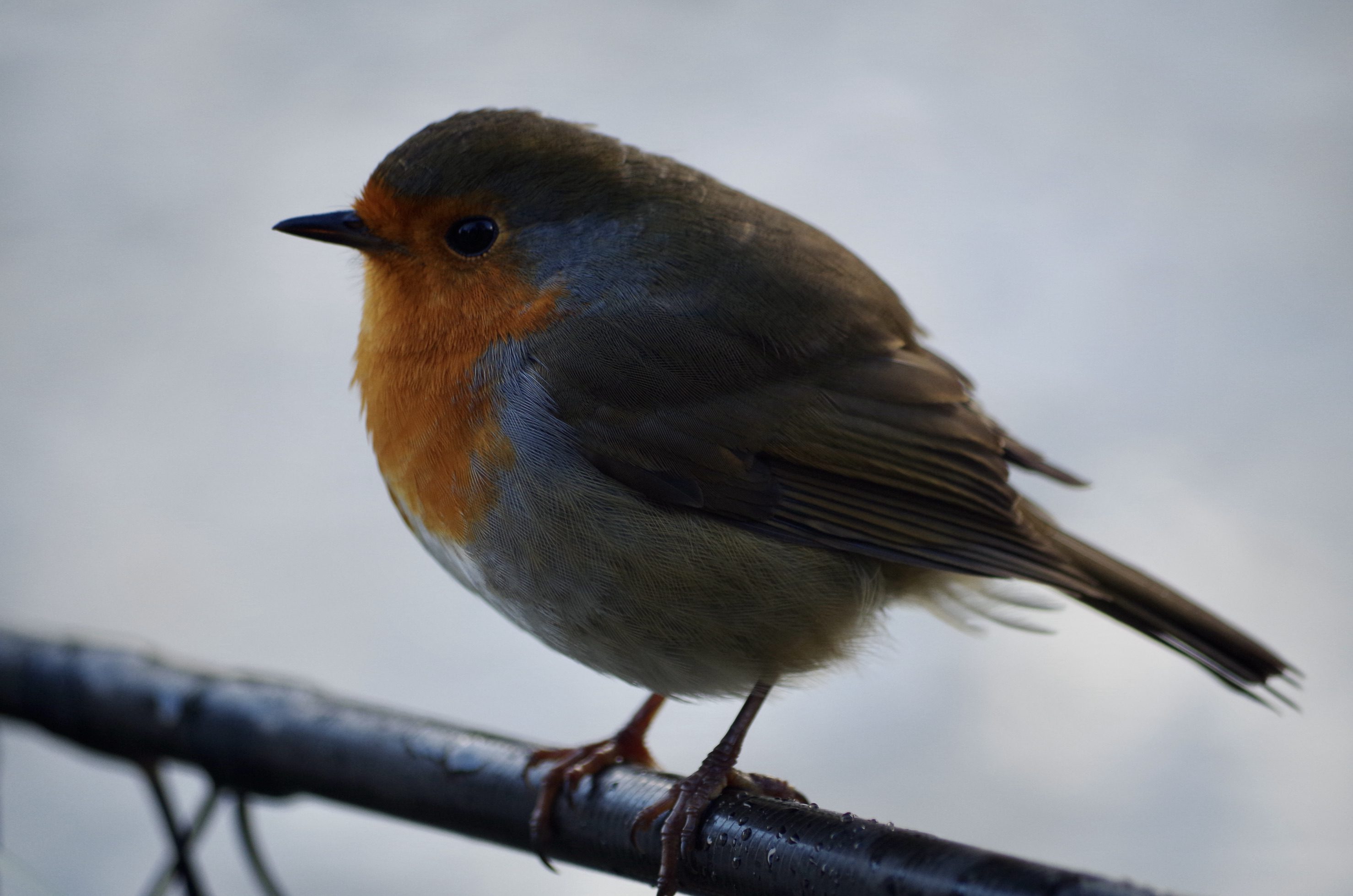
In the first swim the alarms sang out twice and the floats disappeared pleasingly. These were both jacks the biggest estimated at 8lb.
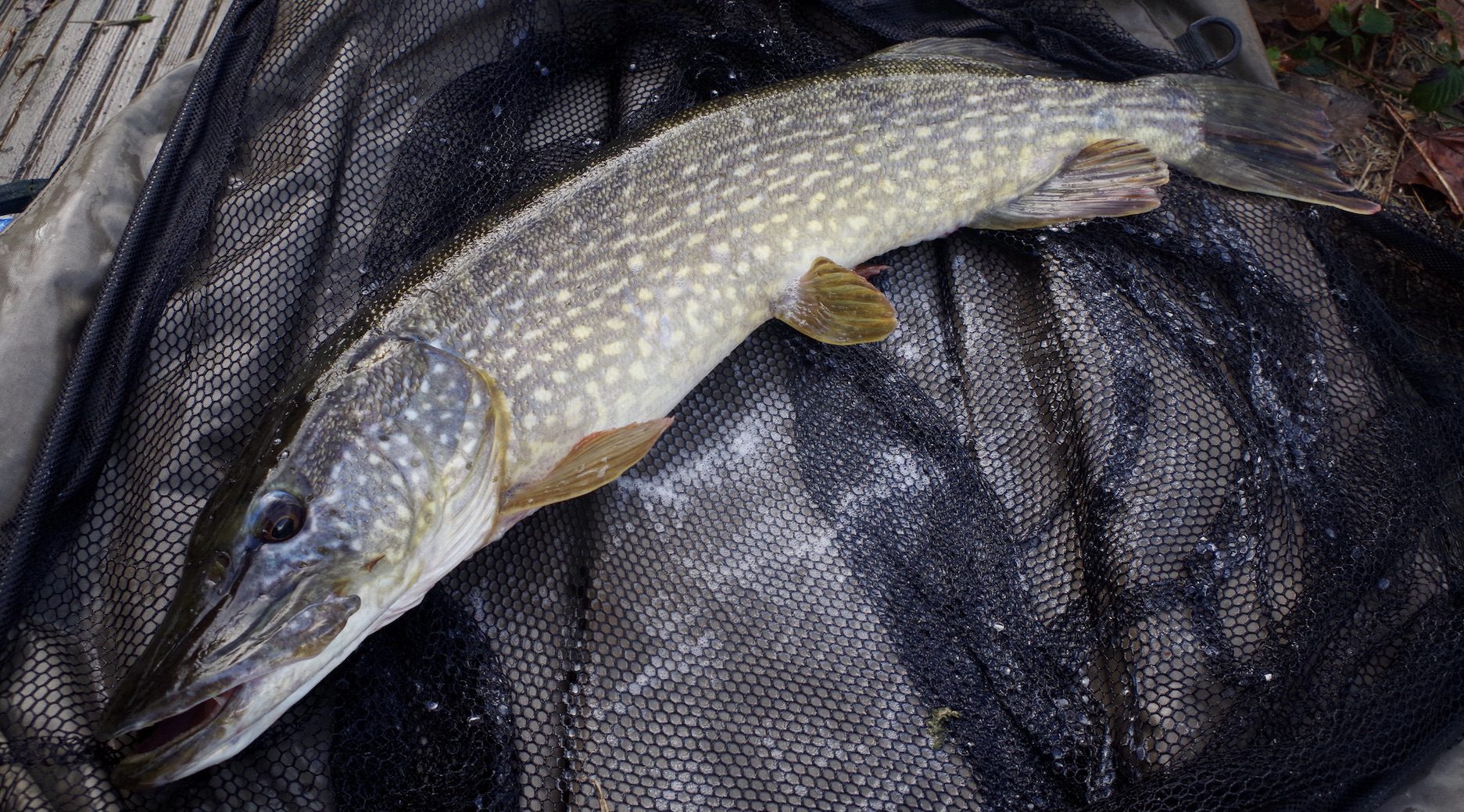

I moved to the far bank later in the day and was surprised that no runs were forthcoming in the next two swims. As afternoon passed I noticed the float lift slightly in the water. The float trembled and then disappeared beneath the dark water. I wound down and lifted the rod but failed to make contact.
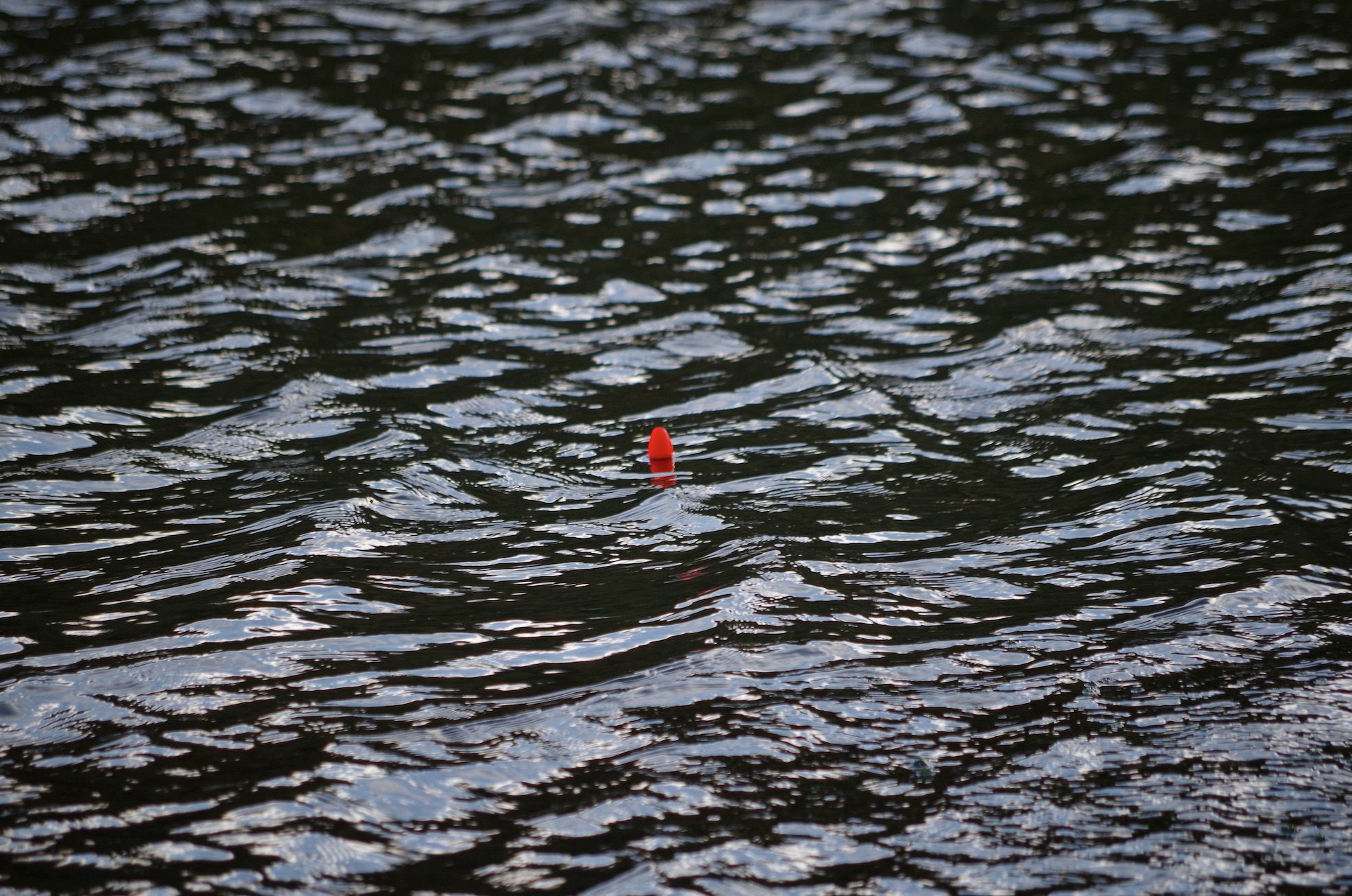
It was to be my last chance of the day. I will be back in search of those bigger pike that surely lurk in Slade’s dark waters.
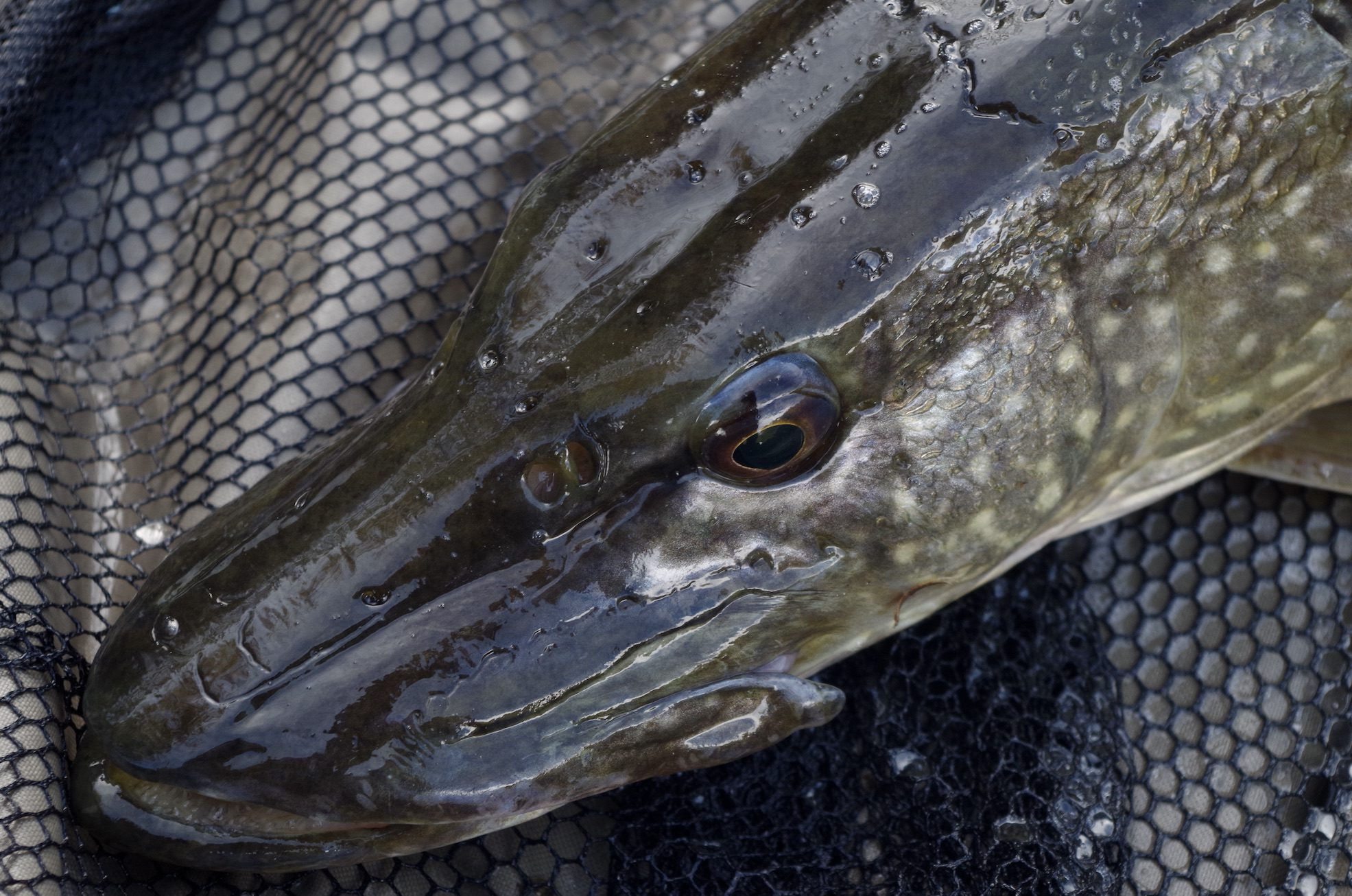
Pike are precious and need treating with care and respect. Always use tackle strong enough to ensure the fish is banked. Wire traces are essential as are unhooking tools including long handled forceps and side cutters. A suitable unhooking matt should also be used at all times. South West Lakes Trust rules state that single hooks must be used. I used a size 4 hook with a hair rig arrangement to ensure that there was no impediment to hooking cleanly.
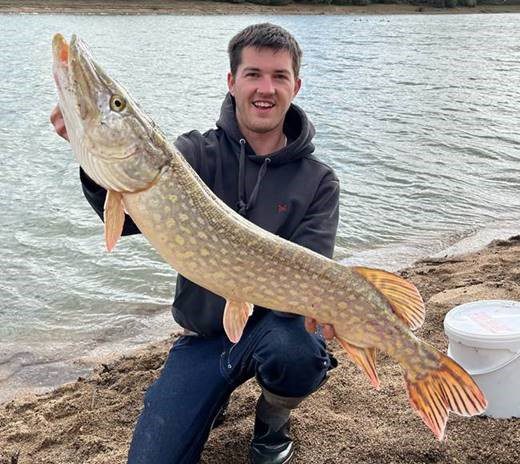
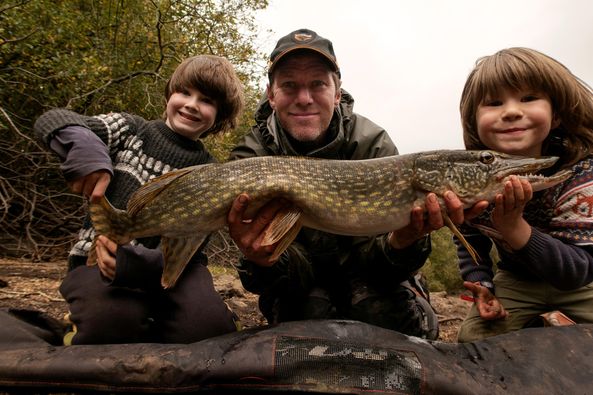
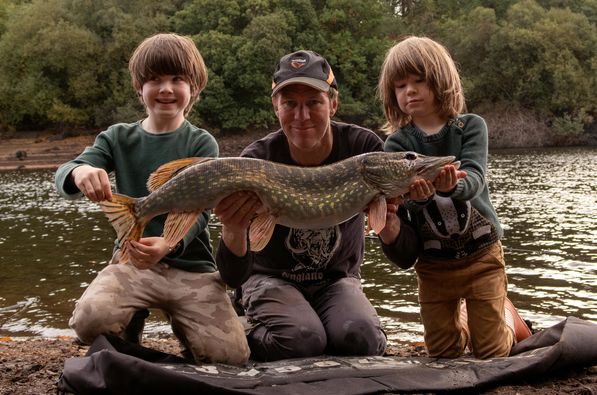
(Above) John Deprieelle and his sons Dylan and Leo, with a couple of pike they had from Trenchford this year.

